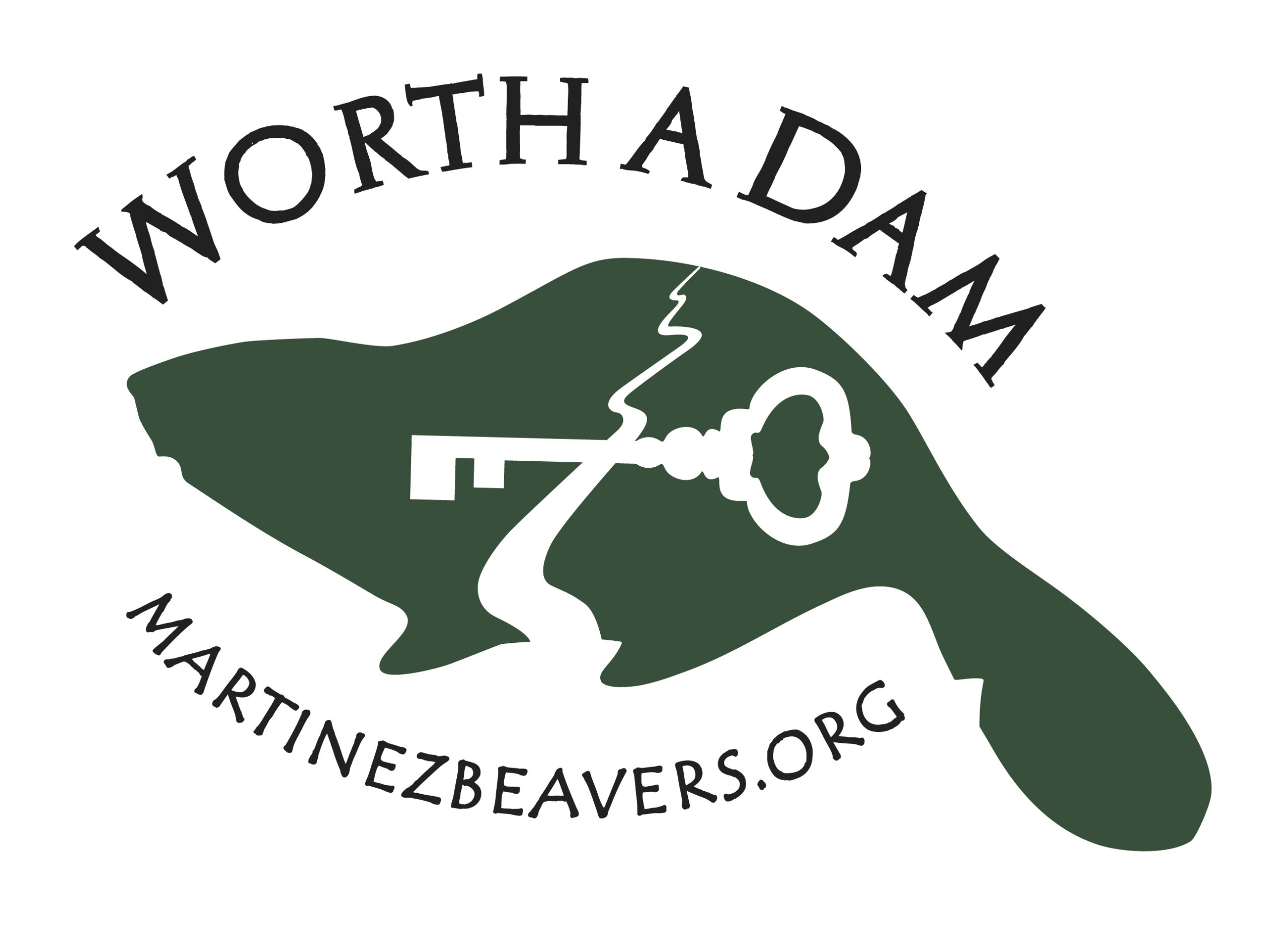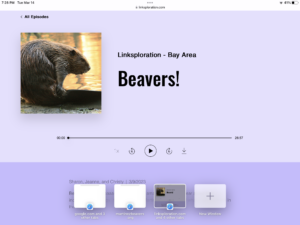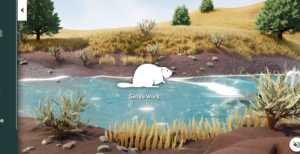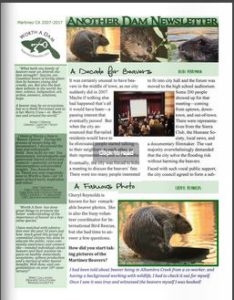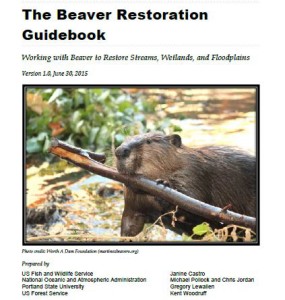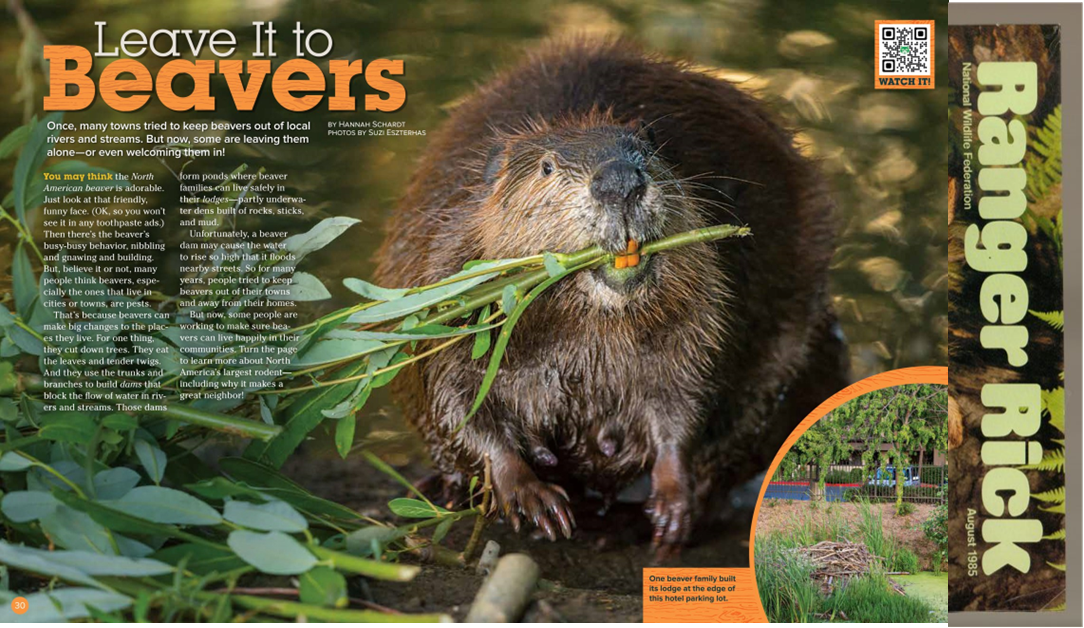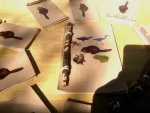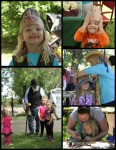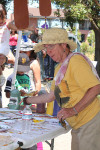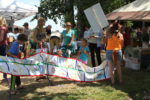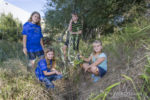The journey that someone takes from the starting position of “KILL BEAVERS” to “PROTECT BEAVERS” is one of my very favorite “Rags-to-Riches story“. When ever I hear it I get misty eyed. Don’t you?
How one Colorado mountain man became a beaver believer
 The body grip trap was invented in the 20th century, and for decades, trappers used devices like these to catch and kill beavers. But in 1996, Colorado outlawed lethal and harmful traps.
The body grip trap was invented in the 20th century, and for decades, trappers used devices like these to catch and kill beavers. But in 1996, Colorado outlawed lethal and harmful traps.
Beavers and humans have a history of not getting along well, and that’s partly because of our similarities. Like humans, beavers terraform the landscape to create an ideal habitat for their preferred way of life. But unlike humans, these mammals have evolved to live around water.
Well if folks insist on finding trappers interesting and doing romantic stories about them I prefer THIS kind of story. The newly converted and reformed.
“They’re just fascinating animals,” says Dan. “When they hear water running, they can’t help themselves. They’ve got to do everything they can to stop (the water) or slow it down.”
Beavers cut down trees with sharp front teeth, dragging trunks, branches, and sticks into place to dams waterways. Once they have a pond in place, they build an island of sticks, lumber, and mud that protrudes above the surface with a hollowed-out interior only accessible through tunnels that run beneath the water line. By slowing down creeks and streams, beavers allow water to seep into the ground, nourishing habitat for other animals and replenishing the water table.
It’s this unique biology that puts beavers at odds with human beings. Left to their own devices, beavers will plug up culverts, flood roads, and destroy irrigation systems.
Yeah it’s pretty amazing. Every now and then I get a moment of true awe at how enormously cool beavers are to do this.
As a young trapper, Dan learned the secret lives of beavers: how and where to find the animals, how to outwit them, and even how to track them in the middle of winter below frozen lakes and streams by tracing the air bubbles that beavers leave behind when they swim under the ice.
“You can scrape the snow off the ice and see these paths of bubbles, so you know that’s where that beaver is swimming,” he said.
Okay that’s slightly interesting but I’m more interested in your conversion story. Did you have a road to Damascus moment?
Now, Dan Zadra uses all of this trapping know-how to save beavers rather than kill them. When local ranchers have problems with a beaver disrupting an irrigation system, they call Dan.
“People aren’t near as quick to kill them or get rid of them as they used to,” said Zadra.
This is starting to get good. Why do they call you, Dan, What do you do to help?
Eventually, humans (or at least some humans) realized that beavers are virtuous. The presence of beavers means more water in the ground and better habitat for other animals.
“These animals provide all kinds of crucial ecological benefits and services, from drought mitigation to flood control to carbon sequestration, to the creation of habitat for endangered species,” said Goldfarb. “We’re starting to recognize that these are animals we want back on the landscape.”
Dan Zadra: Beaver Believ
Well it’s about bloody time, Dan. Welcome to the home team.
It may seem unlikely that a man who spent a good part of his childhood trapping and killing beavers would have genuine affection for them. But just an afternoon with Dan Zadra reveals his compassionate side. When he’s relocating a beaver, he lines the transport container with material to make sure the animals are comfortable.
“I don’t want them walking on hard stuff,” he said. “So I put….a bunch of vegetation, wet grass, and willows in there because they’re soft-footed.”
Well that’s nice. I’d sure like you to spend a little time with the good folks at the beaver institute because it would be great for you to learn to install a flow device.
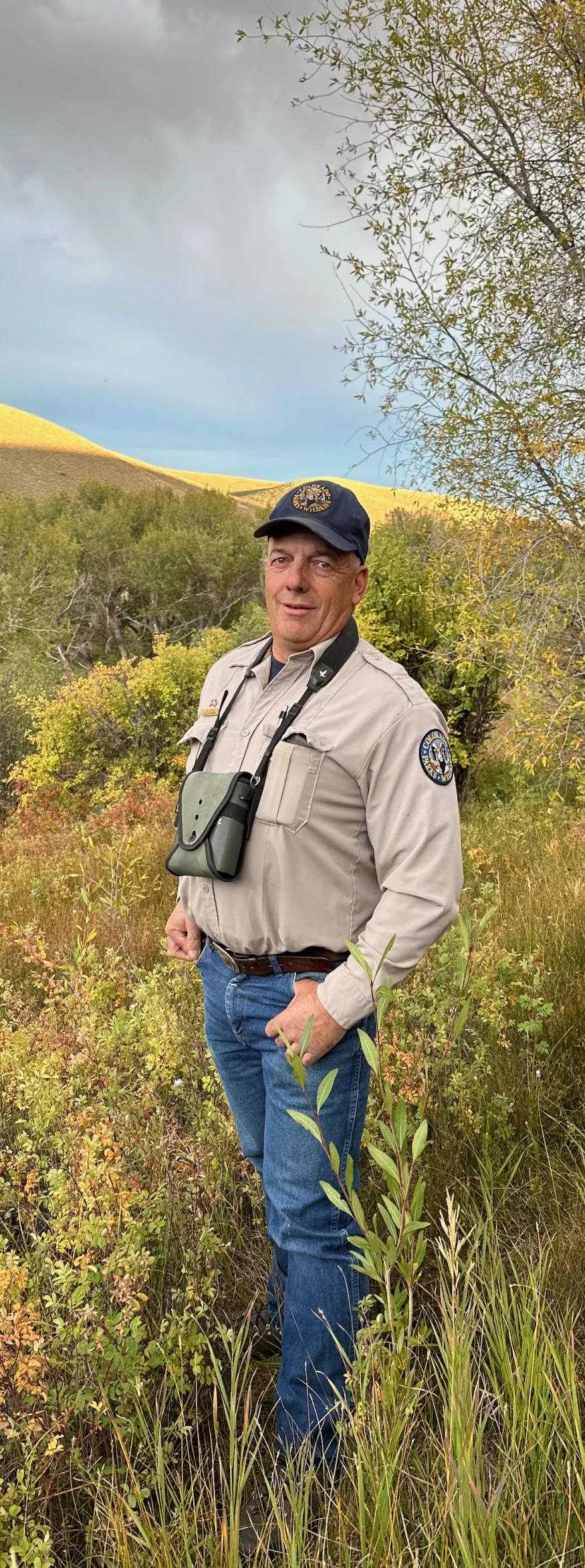 “I was ahead of the game. I was a big beaver fan before it became a thing,” he said.
“I was ahead of the game. I was a big beaver fan before it became a thing,” he said.
Dan Zadra learned how to trap and kill from the last of the Colorado mountain men. Now he’s a beaver conservationist, which is good for the wildlands of Colorado. Especially for the beaver.
“I think I always appreciated them,” he said. “But now I think I appreciate them living more than dead. They not a dollar sign to me anymore, or something that I feel I need to conquer.”
Good for you Dan. Just remember you are in good company. 110 years ago Enos Mills wrote this about beavers:
A live beaver is more valuable to mankind than a dead one. These remaining beaver may be exterminated; but if protected they would multiply and colonize stream-sources. Here they would practise conservation. Their presence would reduce river and harbor appropriations and make rivers more manageable, useful, and attractive. It would pay us to keep beaver colonies in the heights. Beaver would help keep America beautiful.
Enos Mills “In Beaver World” 2013
I couldn’t have said it better myself.
